Humans
Those who adapt and survive
There's a reason humans can be found almost anywhere on our planet. We don't think about whether or not we should, only whether or not we can.
Humans are the most abundant of the sapient species of Etrea, with a presence even on some of the most remote places of the planet. The population of humans is estimated to be greater than the other three sapient species put together. They are a highly adaptable and tenacious species, generally preferring to rebuild rather than migrate and often remaining in areas long after others would have moved on. Due to their numerous and widespread nature, humans often see themselves as the default, leading them to overlook the presence of shapeshifters and dragons in their communities.
Characteristics
Anatomy
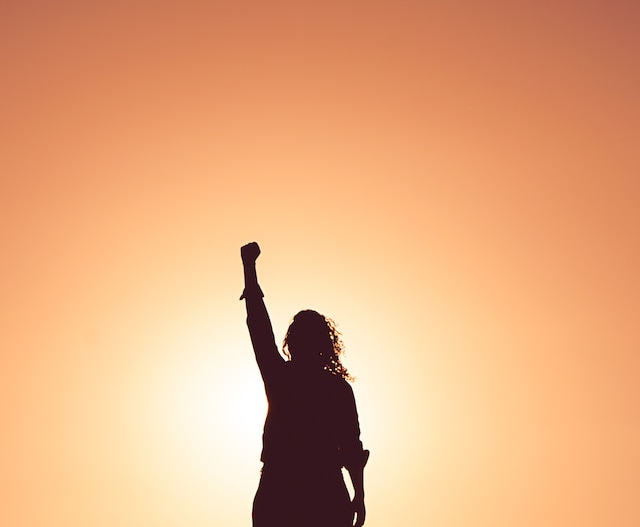
by Miguel Bruna
Humans are bipedal primates who are notable for their upright posture. Their bodies consist of a head, a neck, a torso, two arms, and two legs. Like most primates, their hands have opposable thumbs, allowing them to grip objects and make use of tools.
Like other sapient species, humans have large complex brains with a well-developed pre-frontal cortex. This allows for greater cognitive function, such as the ability for introspection, imagination, and self-awareness. At the base of their skulls, under their brains, they have organ known as an altus, which allow for the conversion and use of energy and magic.
Humans have two distinct sexes, male and female. On average, males are taller and heavier than females, with broader shoulders and narrower hips. They are able to grow hair on their face as well on their heads, and tend to have thicker body hair, particularly on their chest. Male reproductive organs are external to the body, consisting of a penis and a pair of testicles. Female reproductive organs are mostly internal, comprising of a uterus and two ovaries. Adult females also have prominent breasts, although both sexes have nipples.
Like other sapient species, humans have large complex brains with a well-developed pre-frontal cortex. This allows for greater cognitive function, such as the ability for introspection, imagination, and self-awareness. At the base of their skulls, under their brains, they have organ known as an altus, which allow for the conversion and use of energy and magic.
Humans have two distinct sexes, male and female. On average, males are taller and heavier than females, with broader shoulders and narrower hips. They are able to grow hair on their face as well on their heads, and tend to have thicker body hair, particularly on their chest. Male reproductive organs are external to the body, consisting of a penis and a pair of testicles. Female reproductive organs are mostly internal, comprising of a uterus and two ovaries. Adult females also have prominent breasts, although both sexes have nipples.
Biological Variation

Humans are fickle creatures. Any slight difference can be used to turn them against each other.

by Lucas Mendes
Humans come in a wide spectrum of skin tones, from a pale peach that can look white in the right light to a deep dark brown that is almost black. Skin tone varies based on geographic distribution, with paler-skinned individuals hailing from much colder areas than their darker-skinned counterparts. Some members of the species display albinism, a congenital condition leading to white skin regardless of location, whilst some may develop vitiligo, a condition that leads to colourless patches across the face and body.
Human hair can vary in thickness, texture, and colour. The texture of hair can vary from wispy to coarse, and from curly to straight. Colours range from white-blond to pure black, with a spectrum of blonds, browns and dull reds in between. With age, a human's hair tends to turn white or grey, and visibly thins. Baldness is something that occurs in many humans, particularly in males, becoming more likely with age.
Humans have a limited number of eye colours, though each eye colour comes in a broad spectrum of shades. Brown is the most common eye colour, followed by blue, grey, and green. Rarely, humans are born with two different coloured eyes - for example, one brown and one blue - or eyes with a differently coloured ring around the pupil. This condition is known as heterochromia.
There is evidence that some populations of humans have evolved differently due to external factors, in particular geographical location and climate. Humans that live at a high altitude tend to have a larger lung capacity than those that live at sea level to make up for the thinner air. Those that live in hot countries tend to be taller and more slender, whilst those in colder climates lean towards shorter and stockier, with more body hair.
In a somewhat more unique case, one group in the Jasperic Isles have evolved to be able to hold their breath for longer periods of time than other humans, as much of their lifestyle depends on freediving and extended interaction with merfolk.
Human hair can vary in thickness, texture, and colour. The texture of hair can vary from wispy to coarse, and from curly to straight. Colours range from white-blond to pure black, with a spectrum of blonds, browns and dull reds in between. With age, a human's hair tends to turn white or grey, and visibly thins. Baldness is something that occurs in many humans, particularly in males, becoming more likely with age.
Humans have a limited number of eye colours, though each eye colour comes in a broad spectrum of shades. Brown is the most common eye colour, followed by blue, grey, and green. Rarely, humans are born with two different coloured eyes - for example, one brown and one blue - or eyes with a differently coloured ring around the pupil. This condition is known as heterochromia.
There is evidence that some populations of humans have evolved differently due to external factors, in particular geographical location and climate. Humans that live at a high altitude tend to have a larger lung capacity than those that live at sea level to make up for the thinner air. Those that live in hot countries tend to be taller and more slender, whilst those in colder climates lean towards shorter and stockier, with more body hair.
In a somewhat more unique case, one group in the Jasperic Isles have evolved to be able to hold their breath for longer periods of time than other humans, as much of their lifestyle depends on freediving and extended interaction with merfolk.
Genetic Compatibility
The four sapient species of Etrea are believed to all have evolved from a single genetic ancestor, known to scholars as the allkin. This theory has been strengthened over the years by the discovery of bone fragments and artefacts, as well as a single frozen and mummified corpse referred to by researchers as 'Mother'. Due to this shared ancestor, there is a certain amount of interbreeding that is possible between the four species, though some pairings are much more successful than others.With shapeshifters, humans can produce viable offspring. However, there is quite a high chance of early miscarriage or congenital abnormalities, especially with a human mother and a shapeshifter father. The reasons for this are currently unknown, though it is actively being researched at the Royal University in Kaien. Only one in ten children born to a shapeshifter mother in these relationships will inherit the ability to shift, which has led to interbreeding being frowned upon in many shapeshifter societies.
Humans and dragons are also able to have offspring, though, like with shapeshifters, there is a relatively high chance of miscarriage or congenital abnormalities. No child born from these unions has ever been able to shift into a draconic form, which has led to many dragon cultures outlawing these relationships completely.
Humans cannot reproduce with merfolk, although some have been known to enjoy mutually pleasurable sexual relationships. Merfolk branched away from the allkin much earlier in Etrea's timeline and, as such, their reproductive organs are generally not compatible with other species. Whilst some variants of merfolk have much more humanlike genitalia than others, all unions between humans and merfolk are unable to result in pregnancy.
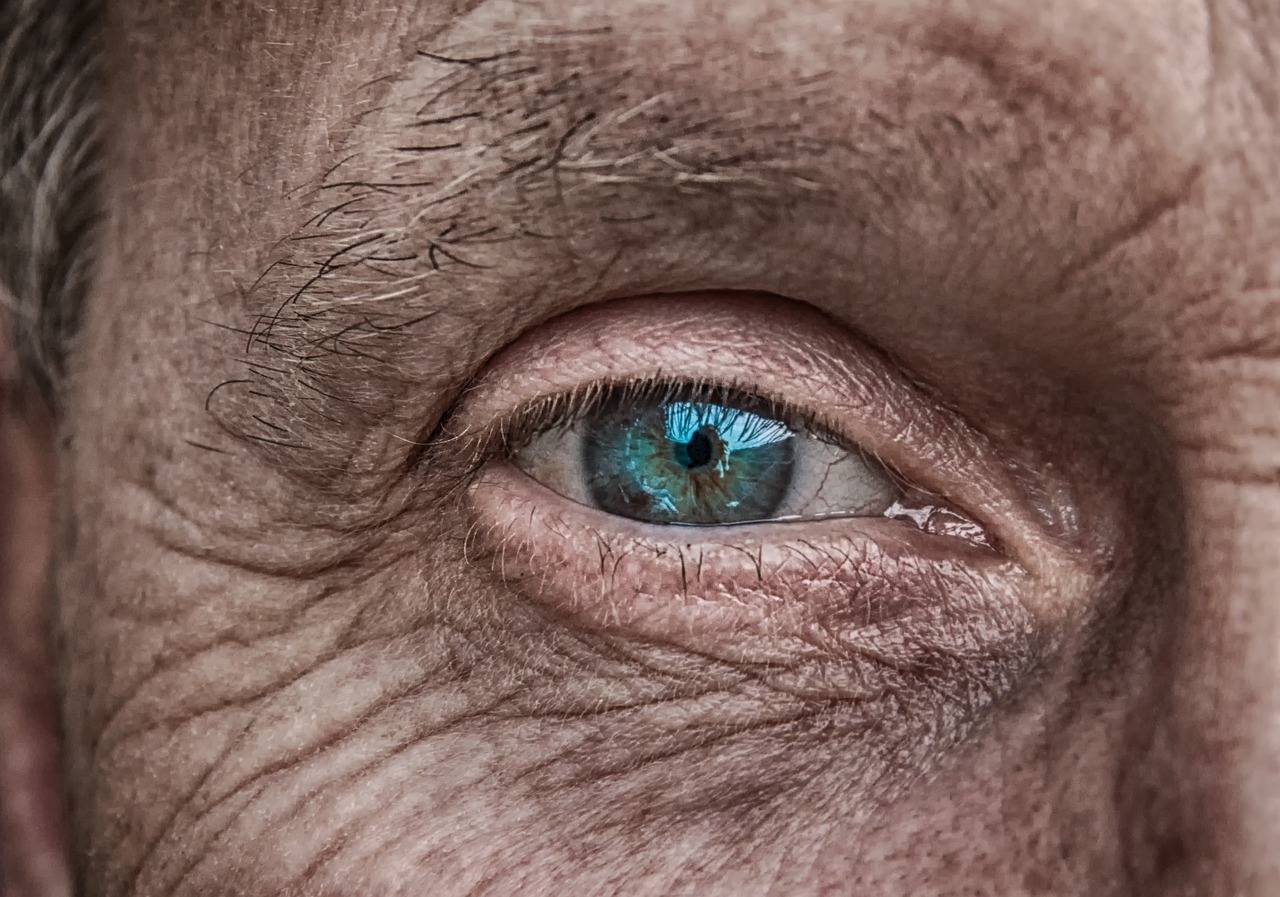
by analogicus
Sensory Capabilities
Humans possess six recognised major senses - vision, hearing, smell, taste, balance, and touch, which also includes the perception of temperature and pain.Vision is the perception of light, colour, and movement; these stimuli are perceived by the eyes and interpreted by the brain. Whilst humans have weaker vision than both dragons and shapeshifters, it does not mean that it is poor. An average human can spot candlelight from up to thirty miles away on a dark, clear night. Whilst they do not have the weakest eyesight of the four sapient species - that honour belongs certain groups of merfolk - humans have the highest incidence of ocular conditions, with about twenty percent needing some form of corrective eyewear. About eight percent of humans experience differences in perceiving colours, with a much higher occurance in males than in females.
A human with no auditory deficiencies can hear the scratching of a mouse from up to six metres away in an otherwise silent environment. They can hear sounds at both high and low frequencies, though the range narrows as an individual ages.
The senses of both smell and taste react to chemical stimuli and, although they are not explicitly linked, both taste and smell have an impact on how humans experience food. Those with an impaired sense of smell will notice that food tastes more bland. Though both dragons and shapeshifters have a better sense of smell than humans, a human's sense of smell is pretty good; they can detect a single drop of perfume in a large room. Their sense of taste is also well-developed, with most humans being able to detect a pinch of sugar in a couple of gallons of water. Both smell and taste deteriorate as a human ages.
A human's sense of balance and spatial awareness - also known as equilibrioception - aids them in many everyday tasks, such as standing, walking, and bending over. Its main function is to prevent individuals from falling over when either stationary or moving. When this sense is disrupted, it can cause dizziness, disorientation, nausea, and, in some cases, vertigo. Humans can typically notice a tilt of around three degrees.
Humans have a varied and sensitive sense of touch, which includes - but is not limited to - the perception of temperature, pain, and pressure. The main organ involved in the sense of touch is the skin, but other places such as the tongue and throat can also perceive touch. Some areas are more sensitive to stimuli than others, such as the fingertips and palms, the lips, and the soles of the feet. The fingertips especially can detect slight variances in the texture of an object. With pain, the human body can differentiate between a variety of different sensations, such as sharp pain, dull pain, or burning pain.
Magical Abilities
Out of all the sapient species, humans are the least magical; less than one percent of the human population display some form of magical ability. Despite this, humans have the widest variety of magical practices and techniques, mainly due to the relative size of their population.Humans are the only sapient species that has places that outright forbid the use of magic, with some communities going so far as to execute anyone caught using so-called unnatural power. In other places, magic is intrinsically linked to religion.
Like any sapient species in Etrea, however, humans would be able to utilise any form of magic if they were to open their minds to it. Magic, after all, is merely the manipulation of energy. The late Kaienese scholar, Magnus Woolery, hypothesised that all members of all sapient species would be able to use any form of magic if they were correctly trained. He believed the incidence of magic often cited by scholars is actually just the percentage of those individuals who have innate talent.
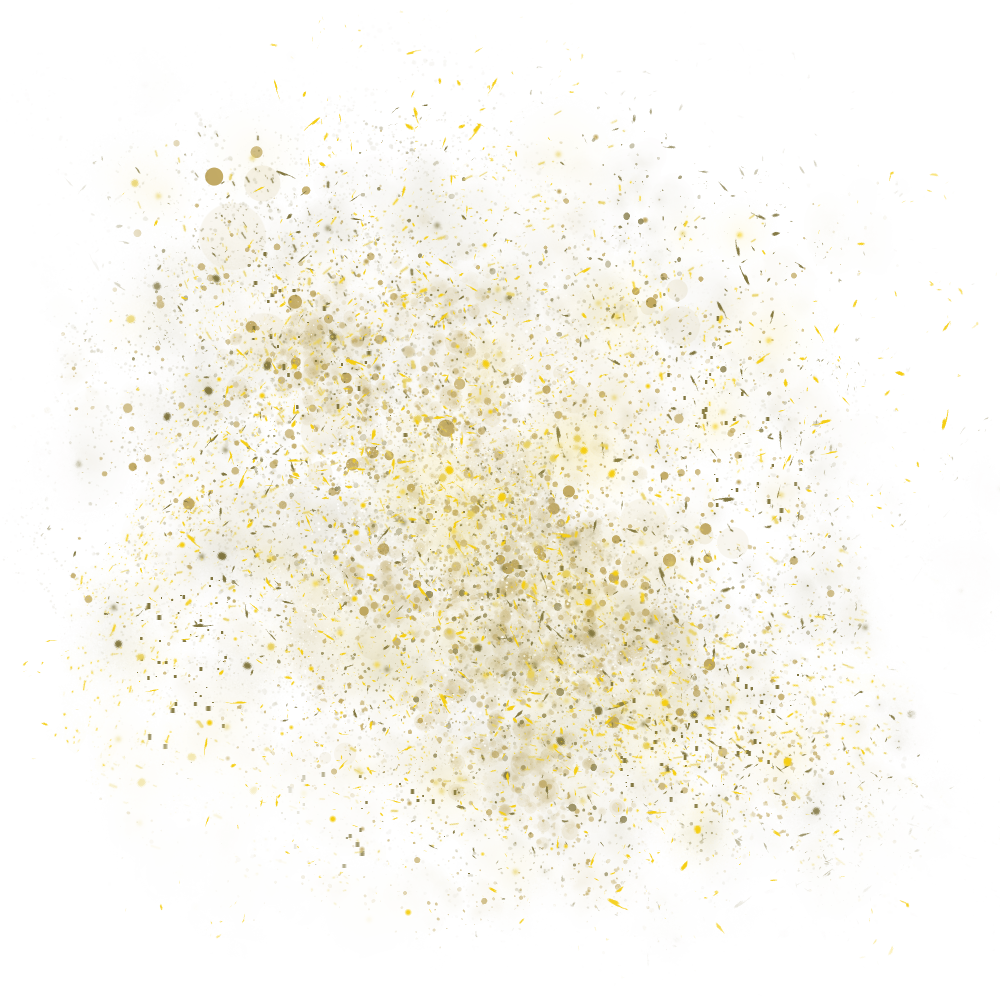
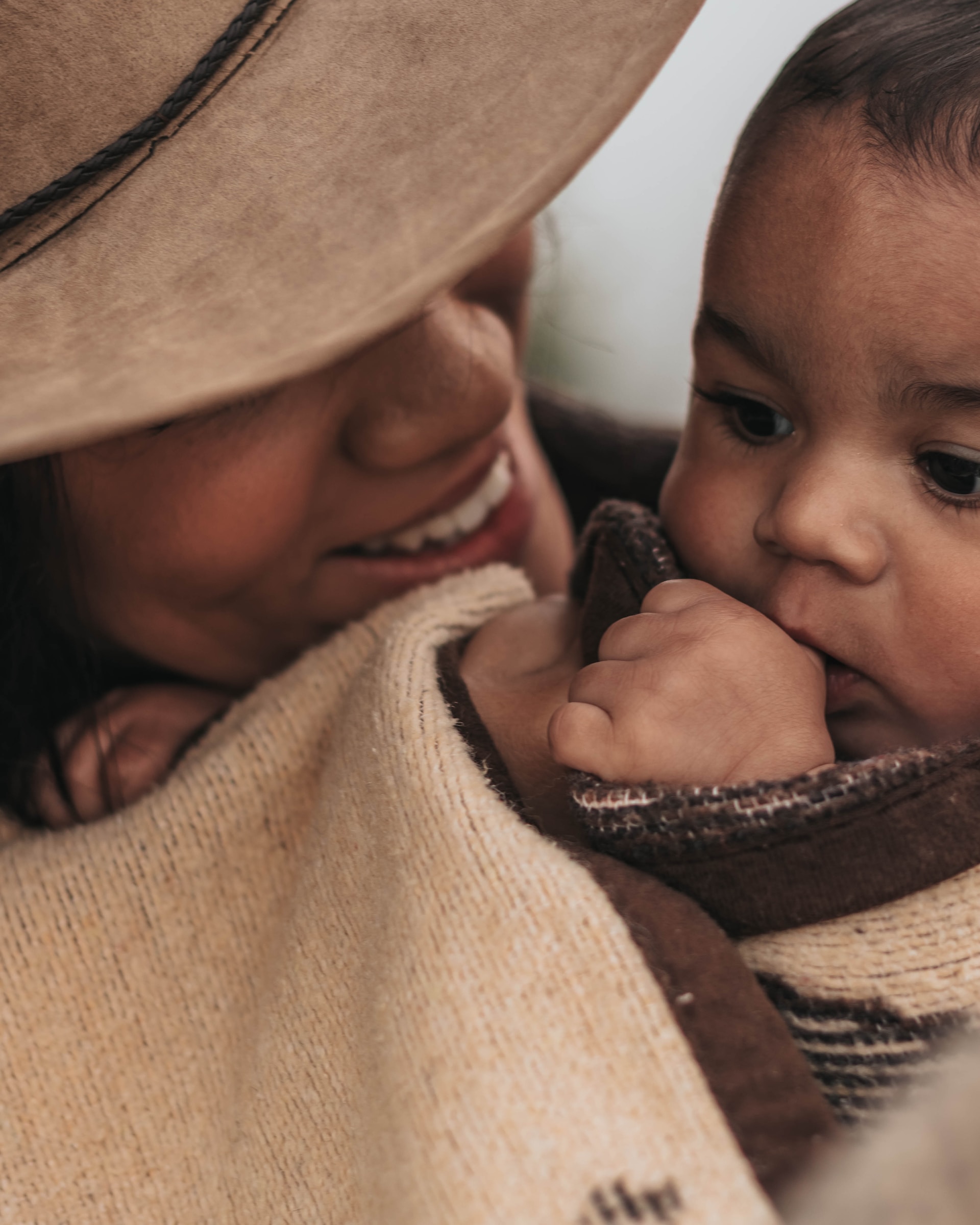
by Austin Wade
Life Stages
Before Birth
The typical human pregnancy lasts for around ten months. and, like most mammals, humans give birth to live young. The foetus develops inside the uterus of the female, attached to the mother's blood supply via a placenta, until their organs are strong enough to work independently. Pregnancy is generally unknown for several months, with the most common early sign being the cessation of menstruation.Humans are usually only pregnant with one baby at a time, with only about one in five hundred pregnancies resulting in a multiple birth. Any pregnancy with more than three babies is unlikely to survive, and even twins and triplets carry a much higher risk than a singleton pregnancy.
The process of childbirth itself also carries a high risk to both mother and child, with the death of one or both occuring in about one in two hundred births. This can almost double in more remote communities, where access to healthcare is limited.
Infancy
For the first year or so of their life, humans are helpless and completely reliant on their parents. Their eyesight is poor for the first few months, so they rely on both sound and scent to recognise their parents or caregivers. Communication is chiefly achieved via crying, with parents learning to differentiate between cries for needs such as hunger and discomfort.An infant's head is large in proportion to their body, accounting for a quarter of total body length whereas an adult's head accounts for only one seventh. At birth, an infant's skull has not fully converted to bone, leaving several softer spots known as fontanelles. These fontanelles are generally fully ossified by eighteen months of age.
Like all mammals, human infants survive solely on milk at first. Generally, they are breastfed by their mother or another female caregiver, though some are fed with bottles full of milk from another mammal, such as a goat. At around seven months of age, weaning begins, with different foods being slowly introduced to an infant's diet as teeth begin to grow.
Childhood
Childhood is the period between infancy and puberty, generally coming to an end around the ages of twelve or thirteen. It is a time of great growth and learning, with human children physically growing taller and soaking up the knowledge and life skills they need to survive in Etrea.
In most societies, children have much less responsibility than adults, with their time focused on learning and play. This lower standard of responsibility often means that the parents or caregivers take on the consequences of the child's actions. Children also tend to have less rights, often unable to take part in decisions about their own care or how society is run.
In most societies, children have much less responsibility than adults, with their time focused on learning and play. This lower standard of responsibility often means that the parents or caregivers take on the consequences of the child's actions. Children also tend to have less rights, often unable to take part in decisions about their own care or how society is run.
Adolescence
Adolescence begins with the onset of puberty, where an increase in the production of hormones leads to changes in a human's growing body. Body hair begins to sprout on the legs, underarms, groin, and, for males, on the face. Bones grow and shift, and body fat and muscles are redistributed, changing the androgynous body of the child into the sexually dimorphic body of an adult. In females, breasts develop, hips widen, and menstruation begins. In males, the voice deepens, shoulders broaden, and the genitals grow larger.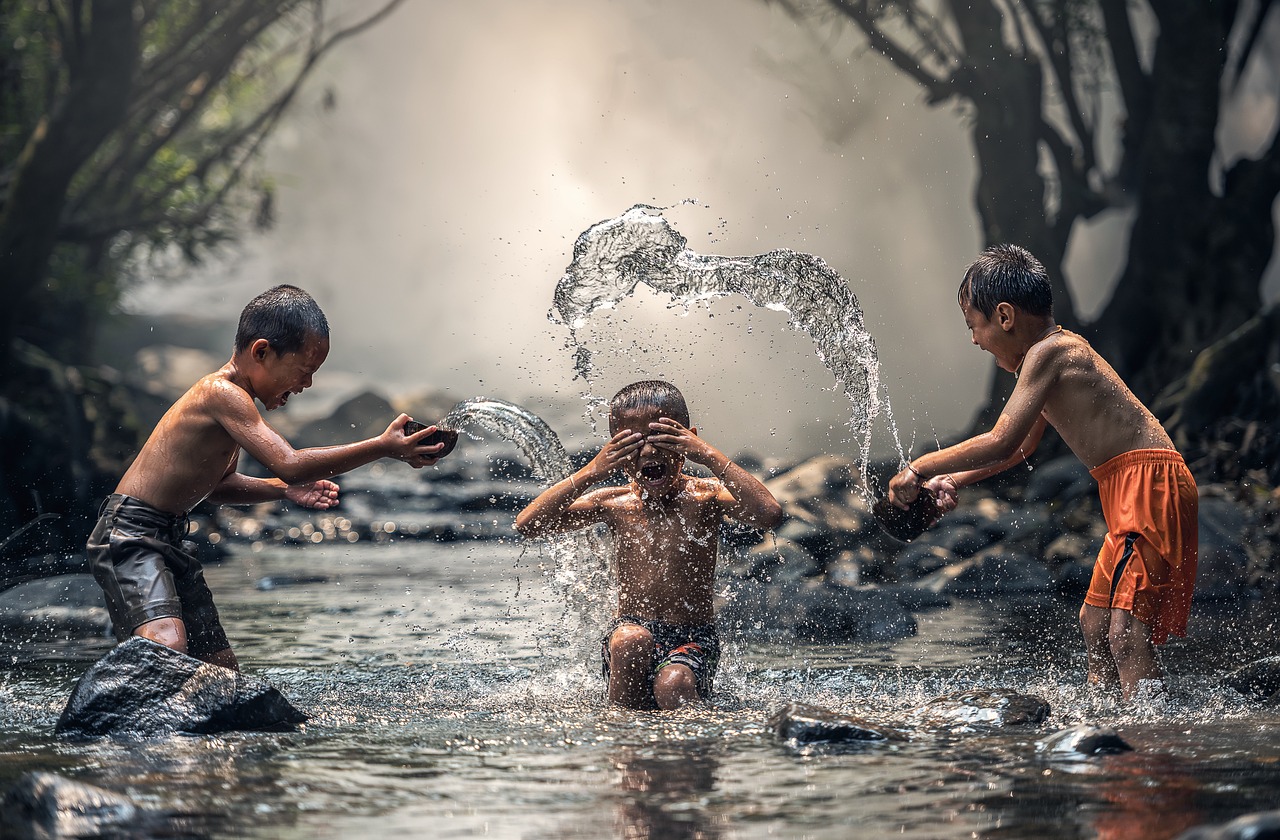
by sasint
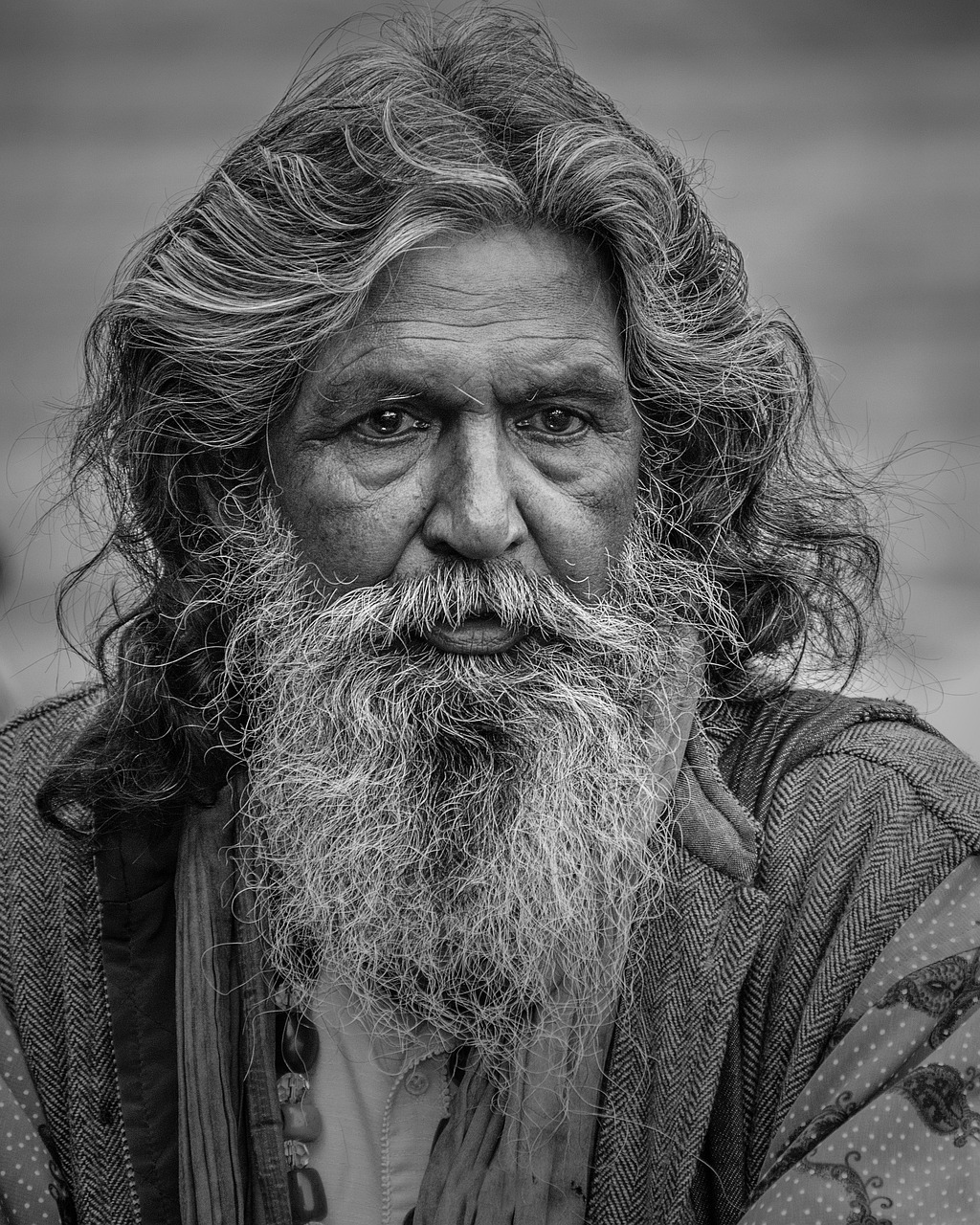
by subhamshome
Adulthood
Adulthood is the longest life stage for humans, beginning when one is sexually mature and ending when the body or mind begins to deteriorate with age. The exact moments this stage starts and ends varies from human to human and, more notably, culture to culture. In many societies, sexual maturity is not the only mark of adulthood, and a human must reach a certain age or hit a certain cultural milestone to be fully considered an adult.In general, adult humans are the ones to give birth to and raise children, and it is at this stage of life that they are most suited to doing so. Elderly human males are still fertile; though this diminishes with age, there does not seem to be an age at which fertility comes to a complete stop. Adolescent humans are also known to procreate, though the younger the mother the greater the risk of complications.
Older female humans experience the menopause, which is the ceasing of menstruation and the end of fertility. As this usually occurs between the ages of forty and fifty, most cultures see this as a sign of late adulthood rather than as an indicator of old age. This process generally takes about three years.
Elderhood
Elderhood is often seen as an extension of adulthood, with no defined age as to where it begins. Often, one of the first signs of aging is the hair beginning to turn grey, or to start to thin or fall out. As they age, humans are more likely to need help from their community, as their mobility often deteriorates. Senses such as eyesight and hearing begin to weaken, and the skin becomes more fragile and looser, causing visible wrinkles. This decline continues until something in the body, often the heart, can no longer work as intended, leading to a natural death.Ecology
Habitat
Numbering at just over a billion, humans are the most numerous of all the sapient species. They have spread all over the world of Etrea, from its Frozen North to its deepest forests. Permanent settlements need a source of fresh water nearby, such as a river or lake, as well as a sustainable source of food. Food can be achieved through agriculture, hunting, or fishing, for example. Many humans live in large, sprawling cities, whilst others live in bustling towns or small, rural communities. Others are nomadic, where the search for both food and water become a constant driving force, dictating when and where they travel.Although humans are a highly adaptable species, they are not able to survive unaided in more extreme conditions. However, like with other sapient species, specialised tools, equipment, and protective clothing enable them to explore, research, and even live in some of the more hostile areas of Etrea.
Diet
Behaviour
Social Structure
Humans are highly social creatures; intense and prolonged isolation has been proven by research to be incredibly detrimental to a human's mental health. Most humans do not like to go more than a day without contact of some form with another. Despite their highly social nature, humans tend to separate themselves into groups, creating an 'us' and a 'them'. The criteria used to form these groups varies hugely, and can be based on things one may be able change, such as wealth, education, or social class, to things that one cannot, such as skin colour, nationality, or species.Human communities can vary in size from a single family, where all members are related by blood, to an entire nation spanning hundreds or thousands of miles. Larger human settlements tend to contain a mixture of humans, dragons, and shapeshifters, though whether the humans are aware of that or not is on a case by case basis. Many cultures put a high importance on blood relationships, whereas others define kinship in other ways. These can include marriages, adoptions, appointed religious guardianships, close friendships, and a variety of other things.
Whilst romantic and sexual norms vary by culture, humans are generally both monogamous and heterosexual. However, same sex relationships are relatively common across many cultures; many humans have the capacity to be attracted to any and all genders. As well as this, polyamory is practiced in places all across Etrea, and is considered in some countries to be beneficial in rearing children. All cultures have a strong taboo against incestuous relationships, particularly between parent and child.
Communication
Like other sapient species, humans communicate through language, both spoken and written. Language is unique to the sapient species of Etrea, particularly in its ability to get across abstracts concepts such as time and imagination. Whilst other species communicate, they do so about concrete things happening in the present.There are many different languages used by humans across Etrea, differing across place and culture. Each language is made up of a number of phonemes, or sounds, which are put together in different ways to convey a near infinite amount of ideas. Most of these languages also have a written component, where each sound or concept is illustrated by a symbol or set of symbols. Written language allows communication across great distances, such as a letter sent across the sea, and even across time, such as a book written a century ago being able to be read by contemporary readers.
Body language, including hand gestures and facial expressions, are also an important part of human communication. These help convey emotional information; a smile or a frown could drastically change the meaning of a spoken word. Different body language can mean different things from one culture to another. For example, in one culture, eye contact could be seen as aggressive, whereas in another it would be taken as a sign of deep respect.
Mythology
Mythology involving humans differs wildly depending on who is telling it. Humans tend to cast themselves as the hero of the story, vanquishing monsters, conquering enemies, or performing great feats. Other sapient species, however, generally depict humans as the villain - as the monster to be vanquished or the enemy to be conquered. For example, in dragon and shapeshifter cultures, legends about humans stealing skins are relatively common. There are different theories as to why this negative bias exists, though even human scholars tend to agree that it is due to humanity's bloody and expansionist history.
There is an exception to humans seeing themselves as the heroes, however, and that is when it comes to their own dead. Humans across many cultures have a varied mythology about corpses and the undead. One common theme across Etrea is stories of the dead rising from their graves. Some cultures even have particular burial rituals to avoid the possibility.
What the undead do once they are up and about varies from culture to culture. In some stories, they do not realise they are dead and continue with their daily routine, even as their bodies are slowly rotting away. In others, they break into dwellings at night and drink the blood of sleepers. In one particular myth, they take the sleeper's eyes as well. In other stories, the undead are more savage and violent, chasing people down to devour them.
Another common theme across human mythology is magic, especially in cultures where the use of magic is not commonplace. These myths tend to slant towards the idea of magic being bad, such as dark rituals and evil pacts, but there are plenty of stories about good magic too. Sometimes this interacts with the mythology around the undead, as in some stories magic is the catalyst for the dead coming back to life.
There is an exception to humans seeing themselves as the heroes, however, and that is when it comes to their own dead. Humans across many cultures have a varied mythology about corpses and the undead. One common theme across Etrea is stories of the dead rising from their graves. Some cultures even have particular burial rituals to avoid the possibility.
What the undead do once they are up and about varies from culture to culture. In some stories, they do not realise they are dead and continue with their daily routine, even as their bodies are slowly rotting away. In others, they break into dwellings at night and drink the blood of sleepers. In one particular myth, they take the sleeper's eyes as well. In other stories, the undead are more savage and violent, chasing people down to devour them.
Another common theme across human mythology is magic, especially in cultures where the use of magic is not commonplace. These myths tend to slant towards the idea of magic being bad, such as dark rituals and evil pacts, but there are plenty of stories about good magic too. Sometimes this interacts with the mythology around the undead, as in some stories magic is the catalyst for the dead coming back to life.

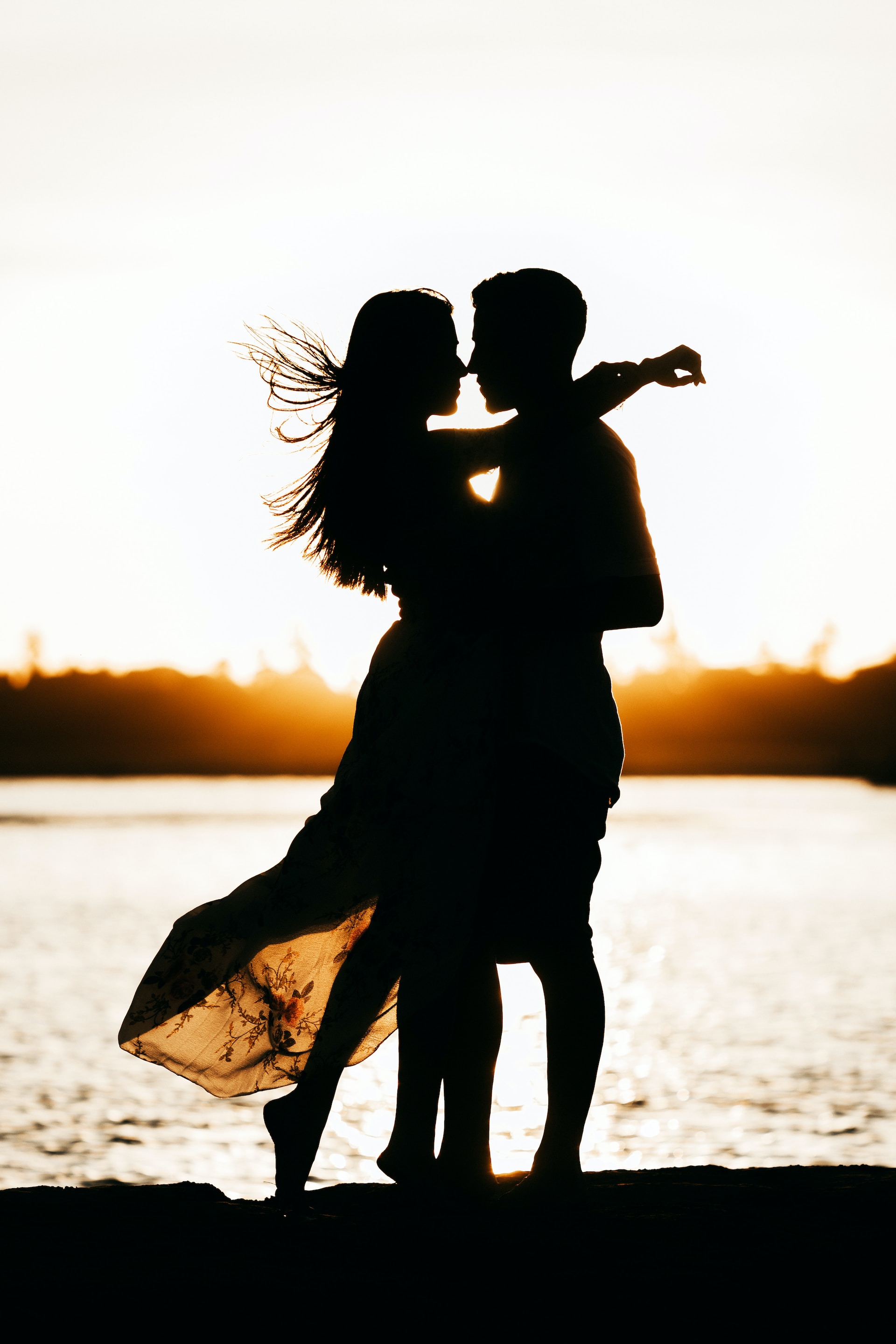

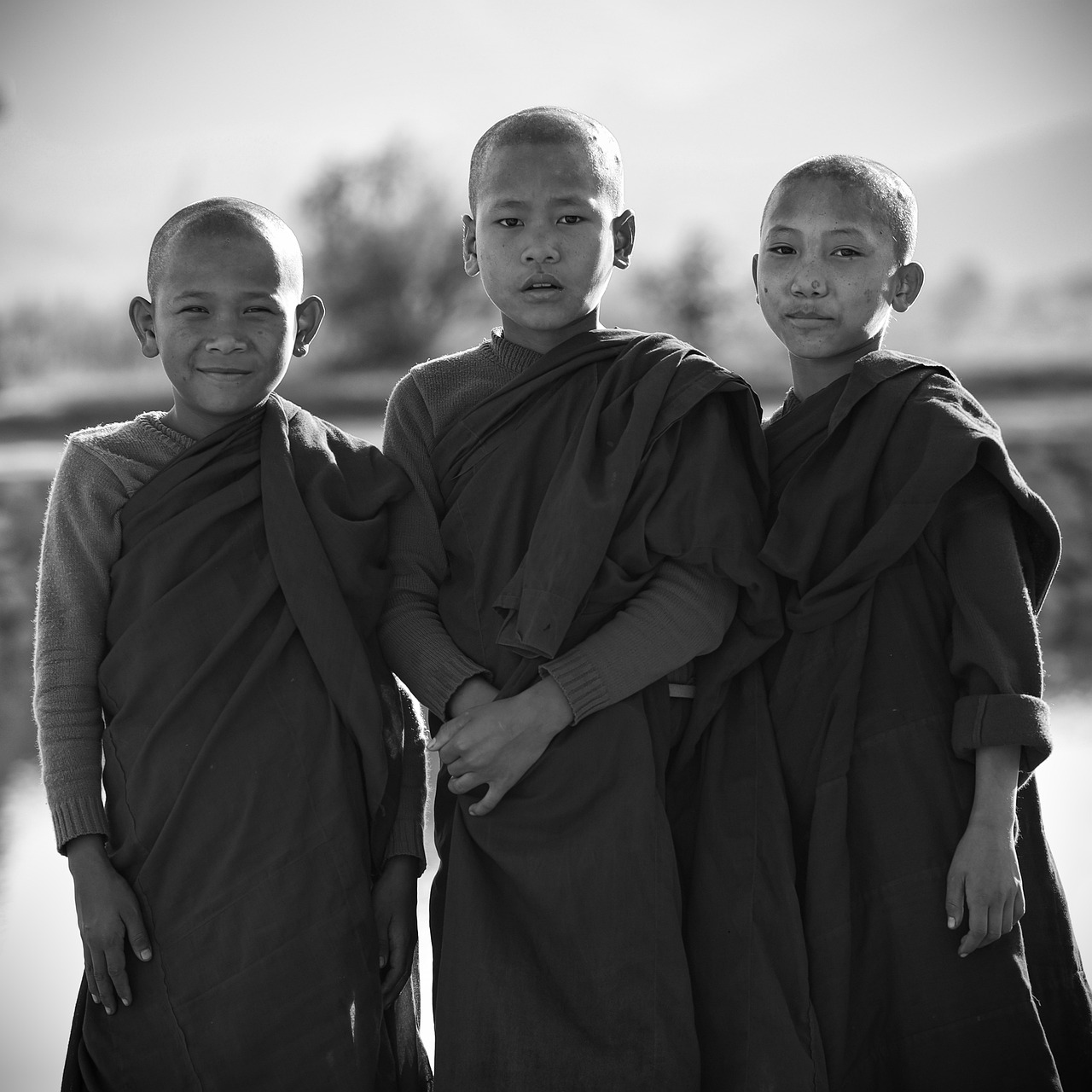
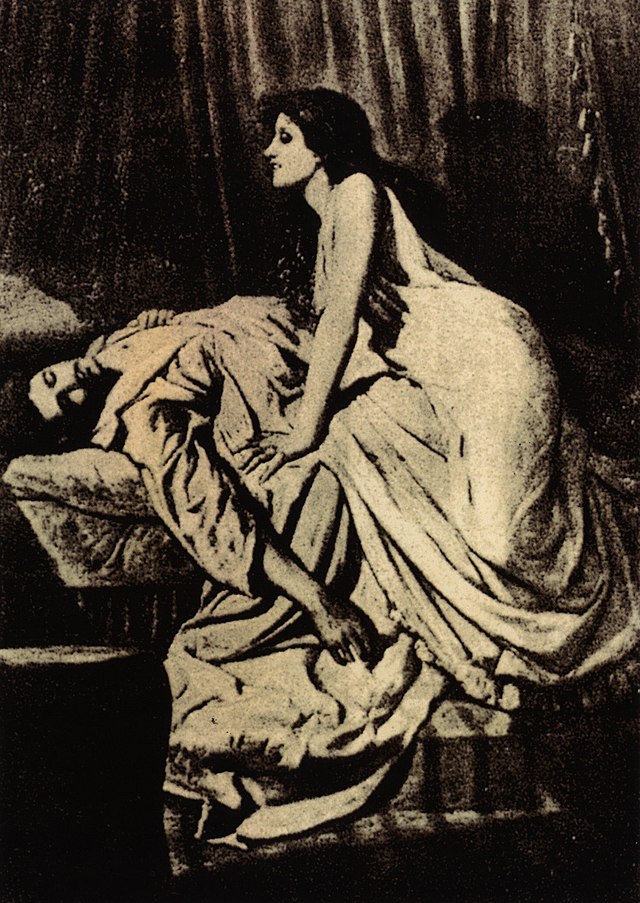



Writing about humans is something that is really hard to do for many people - you have done some great work here Serukis :) well done. Also by the way you are missed from streams / IS meetings - Where did you disappear ?
World Anvil Founder & Chief Grease Monkey
Twitter | World Anvil Changelog
“No act of kindness, no matter how small, is ever wasted.” - Aesop
Thanks so much, Dimi! :) Had a weird couple of months in April/May, but I have made a return this month in time for Summer Camp! :)